You think you understand your cat perfectly. The purring, the head bumps, that adorable way they curl up in your lap. Yet chances are, you’re misreading half of what your feline friend is trying to tell you. Oftentimes, the behaviors that are signs of friendliness in dogs are actually indicators of stress or fear in cats. Misinterpreting what your cat is saying can lead to bites, scratches or worse, so it’s essential to know what her body language really means.
Cats speak a sophisticated language through their bodies, but it’s nothing like the canine communication most of us grew up understanding. Cats are subtle and complicated in the way they communicate but taking time to learn their body language can help to strengthen the relationship with your cat. This is why it’s important to recognise even the smallest signs and changes in their body language because although they seem small, they say an awful lot. Ready to finally crack the code and discover what your cat has been trying to tell you all along? Let’s dive in.
The Great Purring Misconception
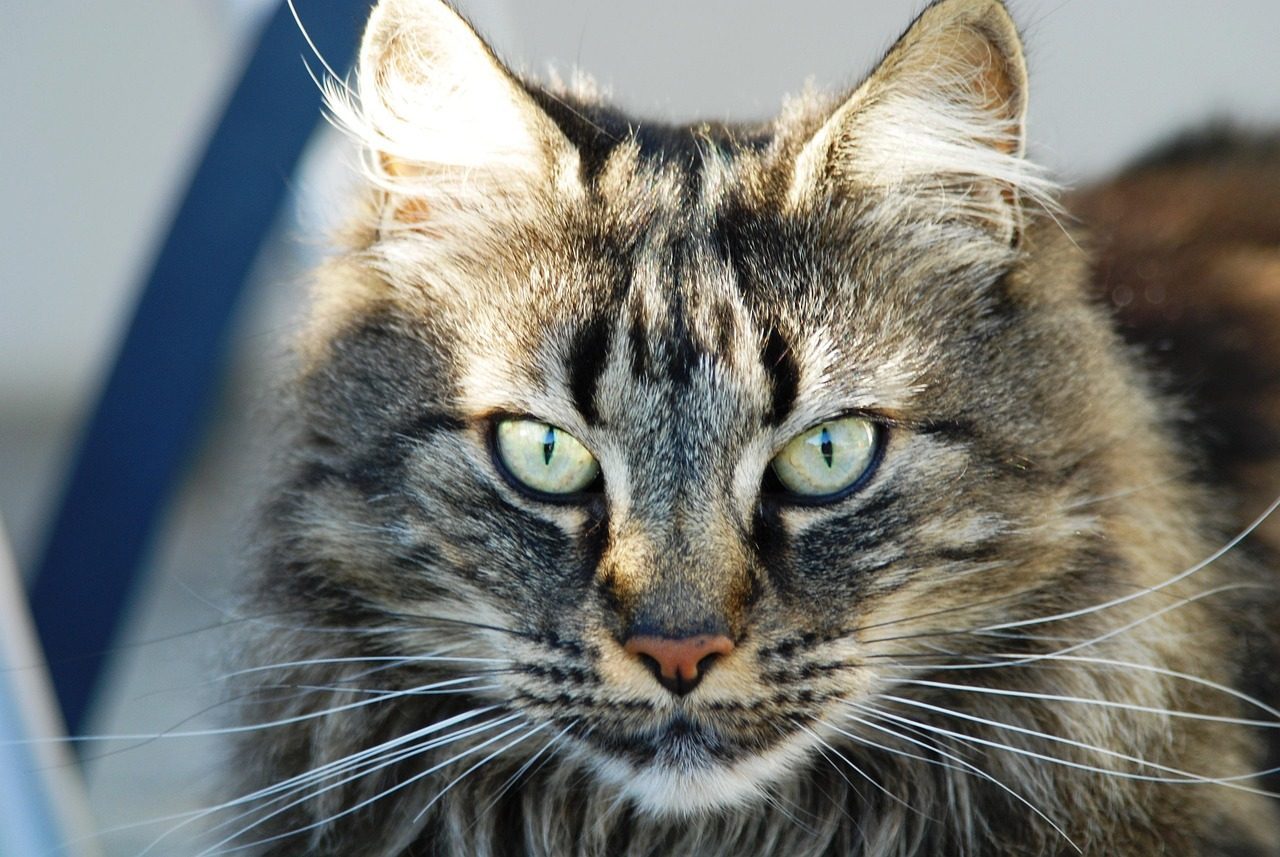
We often think that our cats are happy when they purr. This is only true if their body language is relaxed. This is perhaps the biggest mistake cat owners make, assuming that purring always equals contentment. A cat purr is one of the best sounds a cat lover can hear, but it isn’t always a sign of contentment. This soothing sound can sometimes indicate stress, fear, duress, illness or pain. And purring may be a self-calming technique – cats have even been known to purr while giving birth.
Sometimes cats can purr in stressful situations, such as going to the vet. Sadly, this doesn’t necessarily mean they’re happy at the vet! They can also sometimes purr if they are in pain. The key is looking at the bigger picture. If your cat is purring while hunched over, with ears back or tail tucked, they’re likely using this vibration to self-soothe during distress.
Tail Talk: When Wags Don’t Mean Welcome
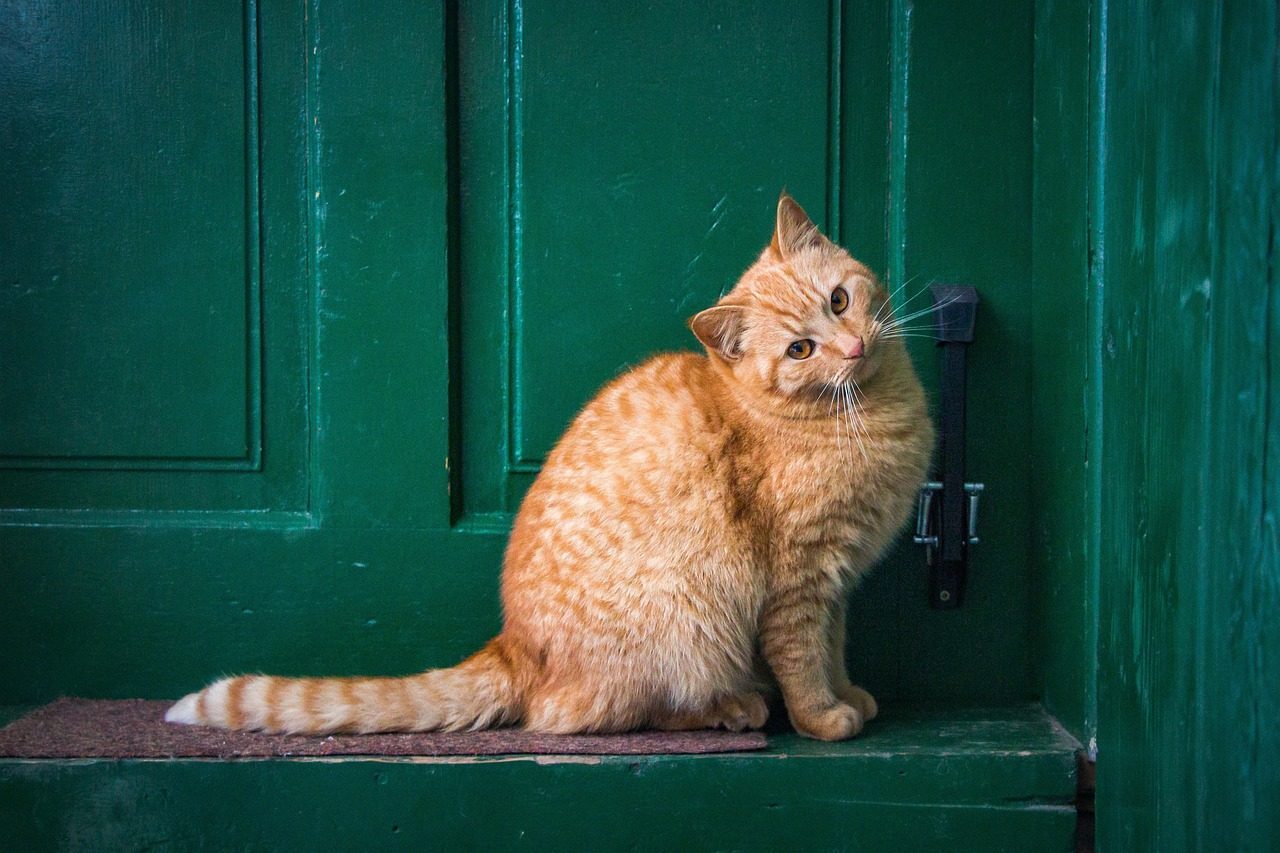
Unlike dogs, cats usually don’t wag their tails as an indication that they want to interact. For cats, tail wagging can be a sign of agitation. This fundamental difference trips up countless cat owners who approach an irritated feline thinking they’re being invited for interaction. A tail that slaps back and forth rapidly indicates both fear and aggression. Consider it a warning to stay away.
You might get an ominous feeling looking at your cat’s tail flick back and forth like a metronome. That’s because she’s a little agitated and telling you to leave her alone. The speed and intensity matter tremendously. If your cat is twitching their tail, this usually means that they are experiencing some sort of conflict or are feeling agitated. If you are stroking them and this begins to happen, it’s best to stop what you’re doing, as this could be an early warning sign that they are not enjoying it.
The Truth About Upright Tails
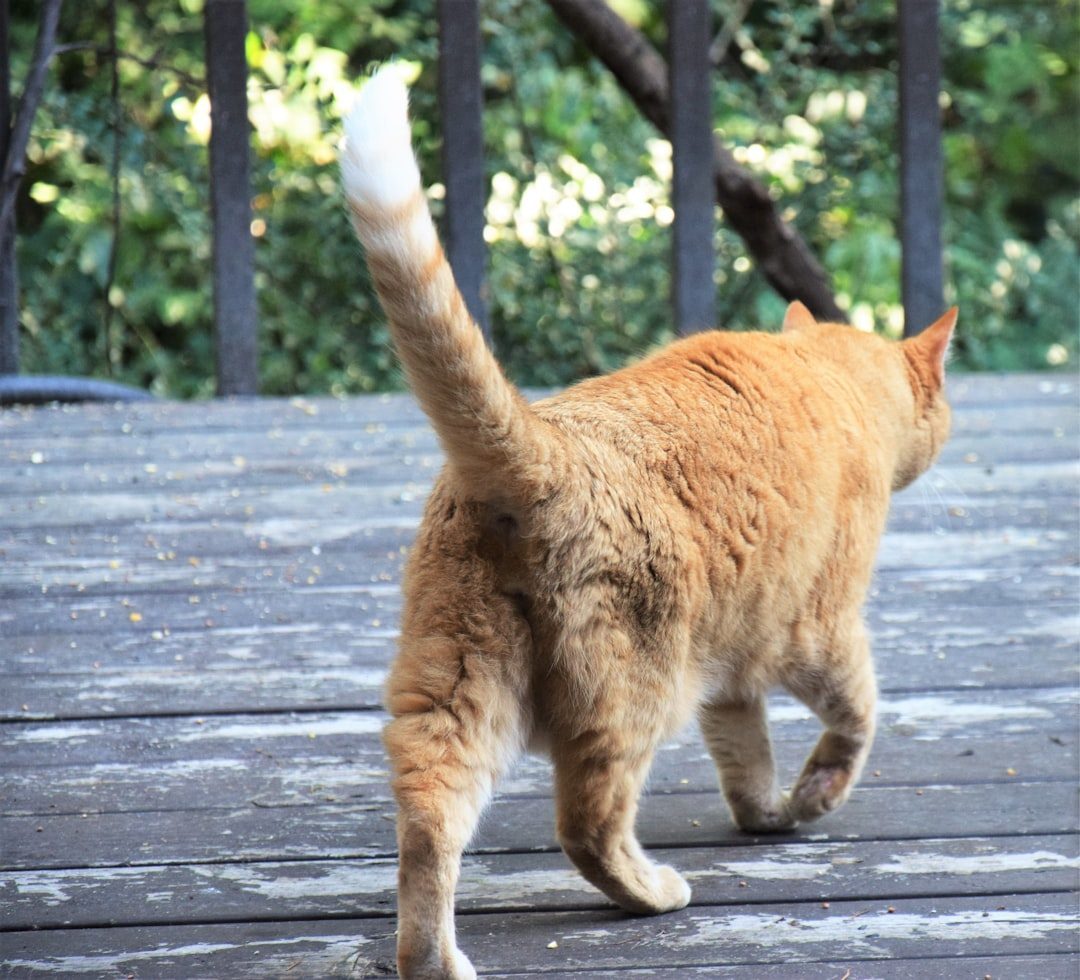
Here’s where things get interesting, and context becomes everything. When a cat’s tail is upright, they are feeling social and confident, and are approaching in a friendly manner. This cat tail language indicates a friendly greeting between cats, and it’s how kittens greet their mothers. An upright tail with a slight curve or question mark shape is generally positive, signaling happiness and readiness to interact.
However, on a calm cat a straight-up tail with a hooked tip is a friendly greeting, while an aggressive cat may just have its tail straight up. The difference lies in what the rest of their body is telling you. A cat with a tail pointing straight up in the air, erect ears and flat fur is usually happy, but a cat with straight-up tail but whose fur is puffed out and whose ears are flattened, is more likely to be angry or scared. Always read the complete picture.
Ear Positions: The Emotional Radar System
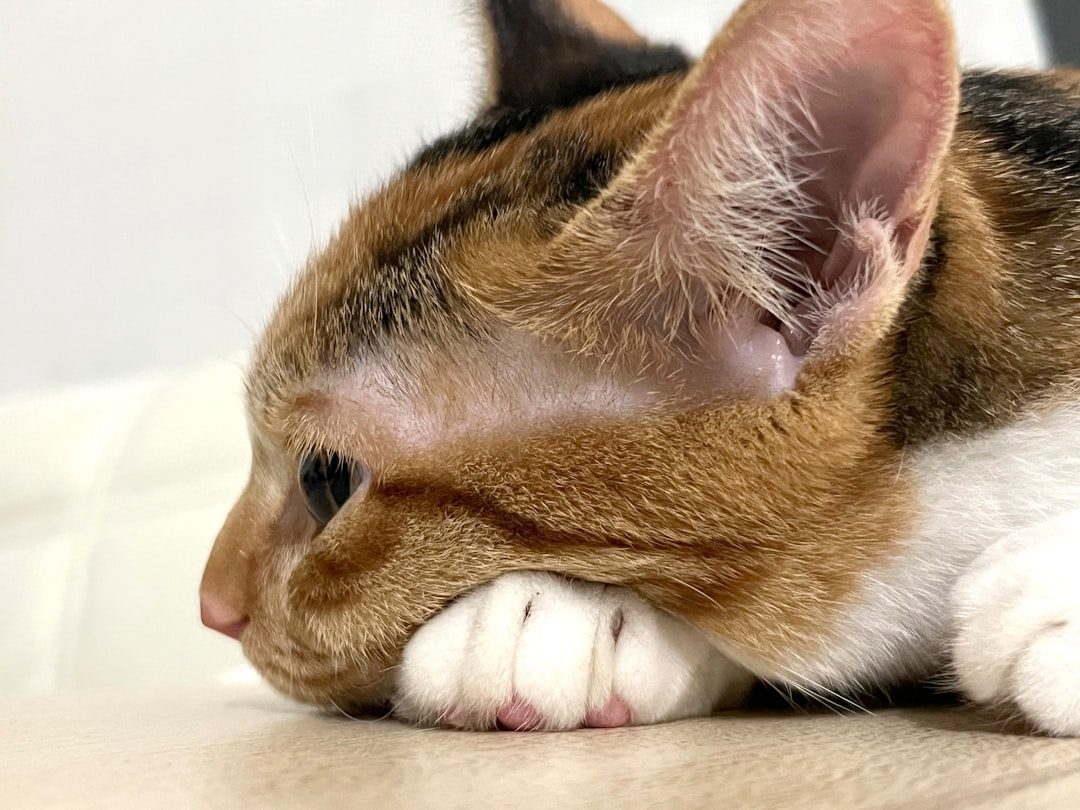
Your cat’s ears are incredibly expressive. Watch how they move when she hears a sound, becomes curious, or gets startled. This is one of the most dynamic cues in feline body language. Like a sophisticated satellite dish turning to pick up a signal, the cat’s external ear, or pinna, rotates up to 180 degrees to locate and identify even the faintest of squeaks, peeps or rustling noises.
If your cat’s ears are flattened against their head in “airplane mode” – as if they’re about to take off in flight – it means that they’re frightened or nervous, and it could lead to aggressive behavior. When a cat’s ears are in this position, the cat is telling you that they’re uncomfortable and need some space. Ears turned sideways or back – This cat is feeling nervous or anxious about something. Use caution around a cat whose ears are in this position. Meanwhile, when a cat’s just being a cat, their ears are facing forward in what’s called the neutral position. Neutral ears indicate that a cat is feeling happy and relaxed and wants to chill out.
The Puffed Tail Panic Signal
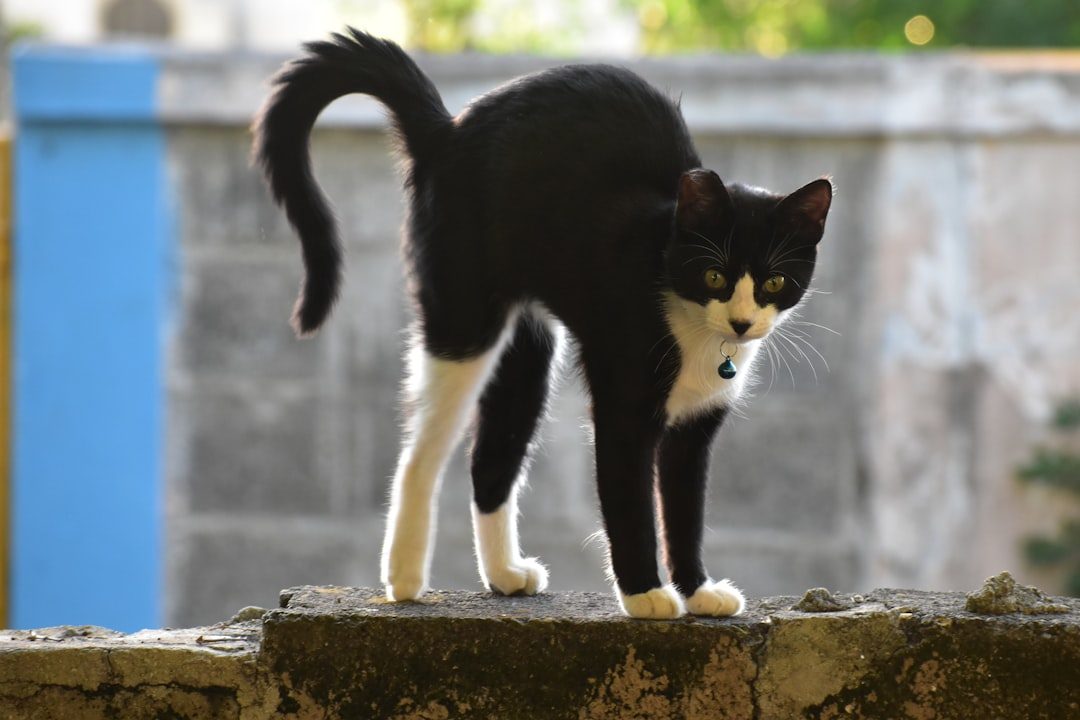
If your cat’s tail is all puffed out, it doesn’t necessarily mean she’s going to attack. Piloerection, or the raising of hair, especially along the neck and back, often happens when a cat sees another cat or animal, or hears a strange sound. Even if a cat isn’t necessarily going to strike, though, raised hair often indicates high arousal – and you should stay away from any cat exhibiting this behavior until she’s calmed down.
Think of it as your cat’s emergency response system. If your cat assumes the quintessential Halloween-cat posture with a puffed tail and arched back, then they are startled or frightened by a sudden, severe threat. Your cat’s hair stands on end so they can appear to be larger. An arched back combined with bristling fur and an alert expression is a sign of aggression. Your kitty is alarmed. Cats will try to make themselves as big as possible if they feel threatened.
Eye Contact: Love Language or Threat Display

The most important thing to remember is not to stare at your cat. Direct staring in the cat world is considered a challenge or threat. A direct stare with relaxed body language often indicates curiosity or affection. However, if the stare is accompanied by tense body language, such as flattened ears or a rigid posture, your cat might be feeling threatened and is preparing to defend themselves.
Instead, try the slow blink technique. If your cat is telling you (through their body language) that they feel comfortable and relaxed around you, you can tell them the same. Slowly blink at them and move your head slightly to the side. If you’re lucky, your cat will do the same back. This is essentially a cat kiss, showing trust and affection without the intimidation factor of prolonged eye contact.
The Belly Trap: When Trust Doesn’t Mean Touch
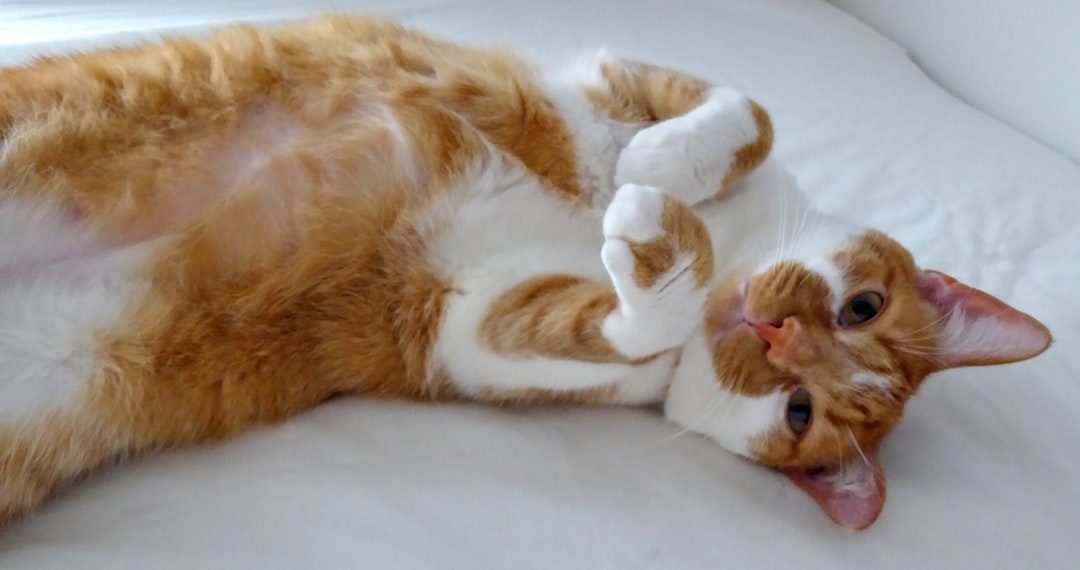
A big one is exposing their bellies to you. Rolling onto their backs, legs up, belly out is a significant display of trust. This is where many cat owners get it completely wrong. Just because your cat shows you their belly doesn’t mean they want you to pet it. A belly-up posture often means trust and relaxation, but many cats don’t want belly rubs. Try chin or cheek scratches instead.
Understanding this distinction could save you from some serious scratches. When cats expose their bellies, they’re showing vulnerability and trust, but areas like the belly, legs, and tail are more vulnerable and sensitive. These regions are associated with defensive responses in cats’ natural behavior patterns. The belly, in particular, contains vital organs that cats instinctively protect. Respect this trust by not taking advantage of their vulnerable position.
Reading the Complete Picture
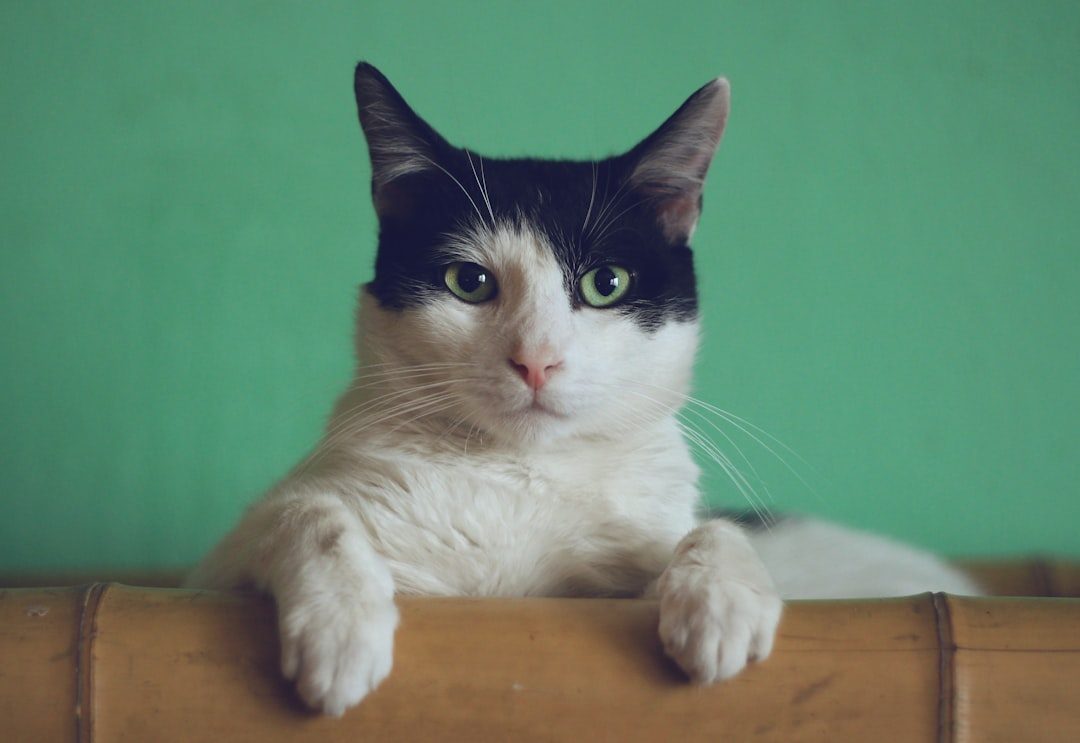
When it comes to reading cat body language, the key is to pay attention not only to physical cues, but also the situation in which they take place. Never rely on just one signal. Before we dive in, it’s important to note that context plays a huge role in decoding cat body language. Just like dog body language, context could mean the difference between “I’m ready to fight,” and “I’m ready to nap.” Context includes – but isn’t limited to – where your cat is, who else is around, when your cat last ate, and what activities are happening in close proximity.
When gauging a cat’s mood, take in the big picture first. All sensory inputs – sights, sounds, smells – should be taken into account to provide the most accurate idea of how a cat might feel. If you’re still unsure, you can look to individual components of the cat’s body language and put the pieces together to figure out what your cat might be feeling. Body language can be expressed via a cat’s facial expressions, fur and body posture, and well as its tail. All these elements work together to send a message, so be aware that observing the tail alone won’t provide the full picture. The magic happens when you combine tail position, ear placement, eye contact, body posture, and the surrounding environment into one cohesive understanding.
Conclusion
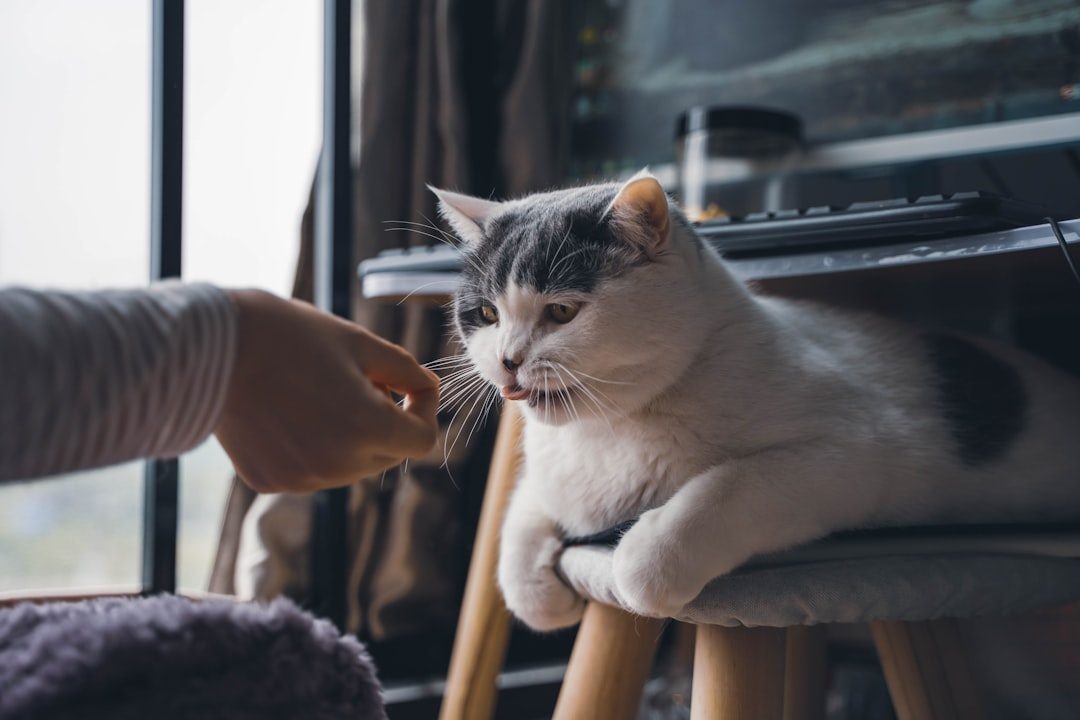
Your cat has been speaking to you all along, but perhaps you’ve been listening with dog ears instead of feline ones. Understanding a cat’s body language is essential for understanding their emotions and needs, which will make you a better cat parent and advocate for your cat’s well-being. The subtle flick of a tail, the position of an ear, or the slow blink of an eye carries volumes of meaning in the sophisticated world of feline communication.
The journey to becoming fluent in cat language takes patience and practice, but the reward is a deeper, more trusting relationship with your feline companion. What surprised you most about cat communication? Tell us in the comments.





